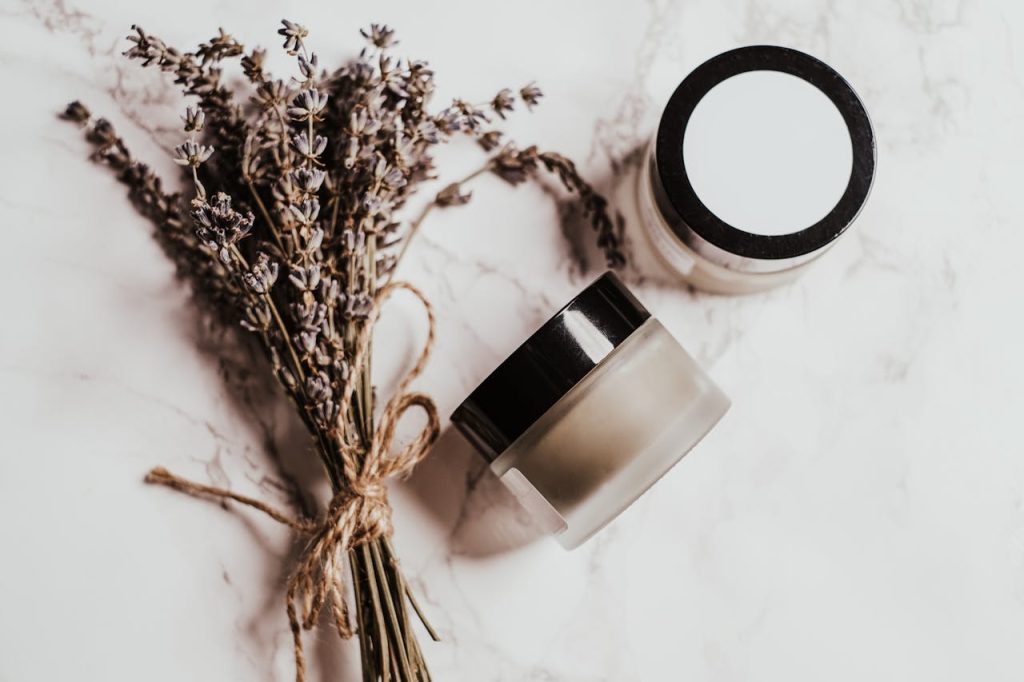The modern digital consumer craves eye-catching visuals and imagery. People tend to remember more of what they see, than what they read, and thus, if you’re an eCommerce website owner or marketer, this is worth keeping in mind.
The quality of eCommerce photos and images is crucial for attracting customers and generating sales, not to mention promoting them to your niche and target audience through platforms like ClickASnap. High-quality product photos don’t just showcase items in their best possible light but captivate users into seeing how such a product can benefit them, inspiring trust. A recent study by DeepImage showed that 60% of online shoppers deem high-quality photos to be the most important factor in generating an online sale.

As the saying goes, a picture is worth a thousand words; however, investing in continual product photography can quickly eat up time, resources, and money. For SMEs with limited budgets, this may present a catch-22 situation; you want eCommerce photos that drive growth and lead to more sales but don’t want to pay through the nose.
The good news is that there are cost-effective ways to produce excellent online images with a bit of know-how and planning. The five tips outlined in this article will give you inspiration for significantly upgrading your eCommerce site’s product photography without breaking the bank.
1. Establish your goals and aesthetics
With the right setup, you can take streams of high-quality and consistent product photos. However, before you do that, you should establish what you’re hoping to achieve with your product imagery.
Outlining your goals and desired aesthetics will help you stick to a feasible and affordable plan and help you preserve more of your budget. This will also help you make more informed decisions about the right equipment to buy and the right background and lighting choices across your eCommerce image portfolio.
Most (nearly 80%) of eCommerce sites have a consistent clean white background in shots, while others are more diverse, incorporating ‘in-use’ context images and an array of backgrounds. Depending on the complexity and size of your products, you may be best served to showcase them in particular angles. Establishing all of these preferences ahead of time will help you maintain a consistent style and clear path towards your goals.

2. Invest in essential equipment
The first thing you will need is, obviously, a camera, and you can find high-quality used cameras from reputable online retailers like MPB. This is far more cost-effective than buying a brand-new model, and in fact, used DSLRs can be more than sufficient for taking high-quality eCommerce images to begin with.
Fancy cameras are not essential for snapping quality images, nor is investing in elaborate and sophisticated lighting kits. Some essential equipment can go a long way when starting:
- Lighting: Natural light can be a valuable asset in any product image. When indoors, take shots near windows or doors to take advantage of the sun’s natural light. Artificial studio lighting may seem expensive, but you can achieve excellent illumination with affordable tungsten or fluorescent lights, with LED bulbs being reliable and bright. Either way, this doesn’t have to cost the earth to achieve.
- Tripods: DSLRs, mirrorless cameras, or any other photo-capturing equipment are put to effective use with the help of a tripod to steady the shots for cleaner lines and greater resolution. Tripods are excellent and affordable, meaning you can take hundreds of eCommerce images in a short space of time with an in-house setup, without doing as much manual work.
- Backdrops: Blank, white, or minimalist backgrounds are preferred by many eCommerce sites to mimic a studio atmosphere. This can be done easily and effectively with thick, large pieces of paper and tape. Alternatively, more artistic shots can be created which may suit particular products, such as outdoor spaces for exercise apparel, or office environments for laptops or screens.
3. Master shooting fundamentals
With the key photography gear acquired, it’s time to perfect photography skills that help you capture the most important product details in images. This doesn’t mean you have to invest in an expensive crash course; it’s quite the opposite.
Shoot products from multiple angles, heights, and distances to find that proverbial sweet spot for your product’s size. If you’re looking to showcase intricate, small details, take more close-ups, whereas if a product’s scale is its selling point, take shots from further away to accentuate its features. Before long, you’ll be able to take images in a matter of minutes, knowing exactly what elements to highlight and showcase.

4. Basic photo editing
Professional photographs often require editing tweaks, which can be easily done in photo editing apps like Canva or Adobe PhotoShop. However, while many of these programs require subscription fees to make use of all of their features, it’s worth the investment if you want to get creative with your product images.
However, even with the free versions, you can make basic image adjustments with confidence. Cropping, straightening, eliminating backgrounds, tilt adjustments, lighting tweaks, white balance, sharpening, and using color wheels can be learned with time dedicated to practicing editing.
5. Outsource trickier photography assignments
The above DIY tips should allow you to handle 90% of your ongoing eCommerce product photography tasks. However, there may come a time when you need the help of an experienced commercial photographer for more complex imagery or photoshoots.
It’s important to remember that as your business grows, you don’t have to rely exclusively on yourself to make every element perfect. Hiring a commercial photographer can help if you want to make your product images more dynamic or elaborate, as they are often well-equipped and can offer valuable creative experience for sophisticated, evocative and engaging images.
Where applicable, hiring a freelance photographer can be worth the investment. For more complex assignments, the upfront fees you pay a photographer will be lower than the costs associated with your own time and resources in tackling a project out of your depth.
The importance of high-quality eCommerce imagery cannot be overstated. The more appealing and engaging you can make your product images, the more likely they will resonate with potential customers, and thus sales will be improved. Follow these tips to make your product imagery spectacular without it costing the earth, and you may just see swathes of shoppers flocking to your site very soon.